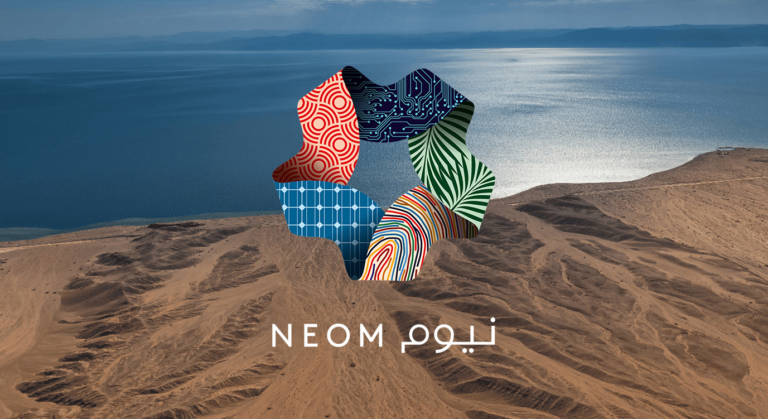Xendee, California based Microgrid Decision Support Platform, has secured a contract to support NEOM in planning its renewable energy and microgrid projects.
Xendee is an award-winning software platform built to integrate the feasibility analysis, detailed engineering, and operation of Distributed Energy Resources and EV fast-charging infrastructure.
NEOM is the the visionary project aiming to create a sustainable and futuristic city in the northwest region of the Saudi Arabia. With over 2,800 staff members from 86 countries already living and working onsite, NEOM is spearheading the transformation towards an environmentally friendly and sustainable city.
As per the contract, Xendee will assist NEOM in the conversion from fossil-based systems to a renewable energy-driven infrastructure, leveraging solutions including solar panels, battery systems, and other innovative technologies like hydrogen. Xendee will help fulfill NEOM’s ambitious goals of running entirely on renewable energy, creating a city free from roads, cars, and emissions while preserving 95% of the land for nature.
Michael Stadler, CTO and Co-founder of Xendee stated, “We’re excited to contribute to NEOM’s journey by helping them achieve their clean energy goals through our expertise in energy modeling and technology. Our platform enables streamlined techno-economic analysis which guides the ideal mix of renewables, storage, and smart grids to maximize efficiency and cost-effectiveness, ensuring NEOM can achieve their clean energy goals while minimizing costs and maximizing the return on investment.”
NEOM’s construction is already underway, with the first destinations set to debut in 2024. The project will be phased, with OXAGON welcoming its first residents in 2024 and TROJENA becoming a vibrant place to live, work, and holiday in 2026. Additionally, the first modules of THE LINE, an upcoming highlight of NEOM’s infrastructure, will be activated in 2026. The ultimate vision for NEOM is to have one million residents by 2030, with a projected population of nine million by 2045.


